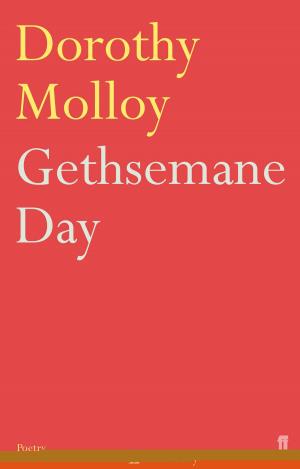The Simple Life
C. R. Ashbee in the Cotswolds
Nonfiction, Art & Architecture, General Art, Art History, History| Author: | Fiona MacCarthy | ISBN: | 9780571320219 |
| Publisher: | Faber & Faber | Publication: | August 21, 2014 |
| Imprint: | Faber & Faber | Language: | English |
| Author: | Fiona MacCarthy |
| ISBN: | 9780571320219 |
| Publisher: | Faber & Faber |
| Publication: | August 21, 2014 |
| Imprint: | Faber & Faber |
| Language: | English |
The Simple Life (1981) was Fiona MacCarthy's first book, written while she was the Guardian's design correspondent (and before her acclaimed lives of Eric Gill, William Morris, and Edward Burne-Jones.) It tells of a venturesome effort to enact an Edwardian Utopia in a small town in the Cotswolds.
The leader of this endeavour was progressive-minded architect Charles Robert Ashbee, who in 1888 founded the Guild of Handicraft in Whitechapel, specialising in metalworking, jewellery and furniture and informed by the desire to improve society. In 1902 Ashbee and his East London comrades removed the Guild to Chipping Campden in Gloucestershire, hoping to construct a socialistic rural idyll. MacCarthy explores the impact of the experiment on the lives of the group and on the little town they occupied - tracing the Guild's fortunes and misfortunes, hilarious and grave, and the many fellow idealists and artists who were involved (among them William Morris, Roger Fry, and Sidney and Beatrice Webb.)
The Simple Life (1981) was Fiona MacCarthy's first book, written while she was the Guardian's design correspondent (and before her acclaimed lives of Eric Gill, William Morris, and Edward Burne-Jones.) It tells of a venturesome effort to enact an Edwardian Utopia in a small town in the Cotswolds.
The leader of this endeavour was progressive-minded architect Charles Robert Ashbee, who in 1888 founded the Guild of Handicraft in Whitechapel, specialising in metalworking, jewellery and furniture and informed by the desire to improve society. In 1902 Ashbee and his East London comrades removed the Guild to Chipping Campden in Gloucestershire, hoping to construct a socialistic rural idyll. MacCarthy explores the impact of the experiment on the lives of the group and on the little town they occupied - tracing the Guild's fortunes and misfortunes, hilarious and grave, and the many fellow idealists and artists who were involved (among them William Morris, Roger Fry, and Sidney and Beatrice Webb.)















